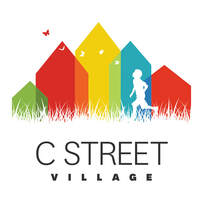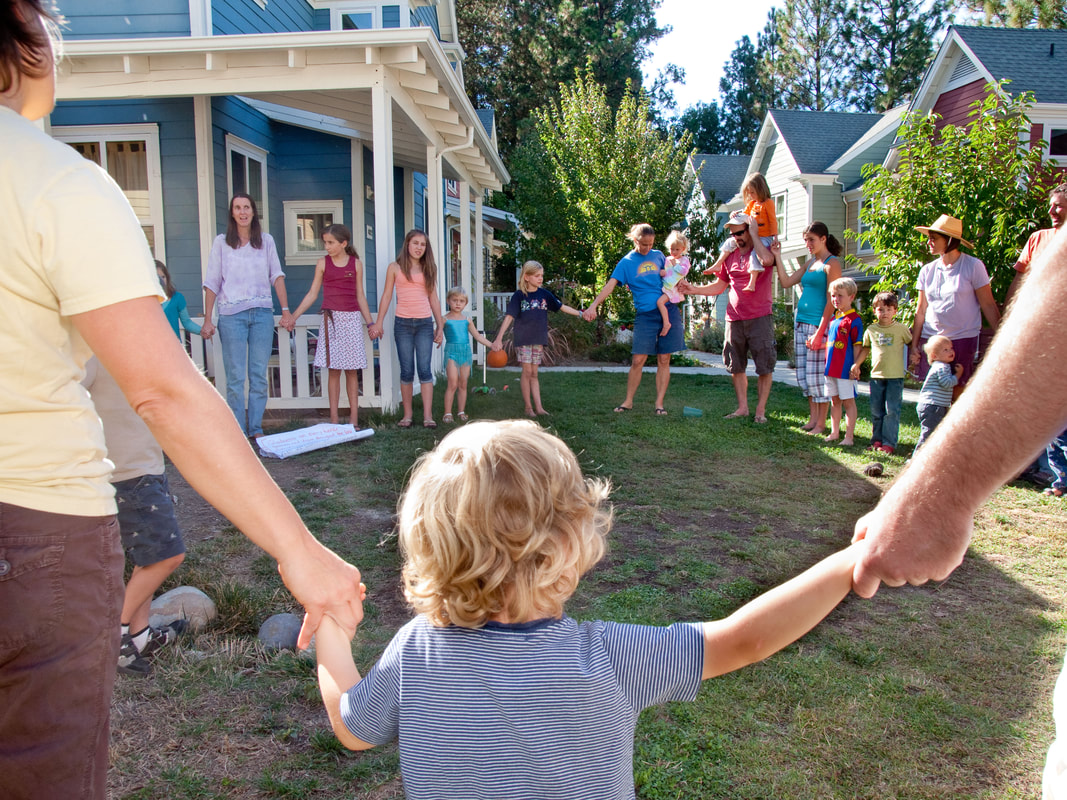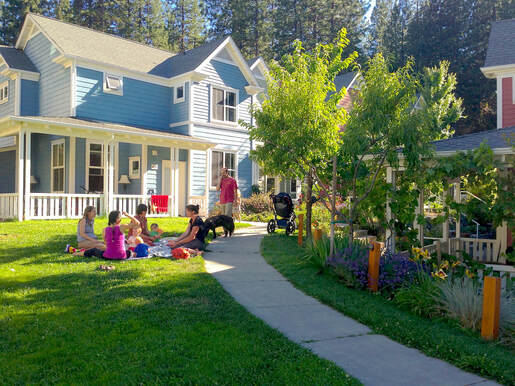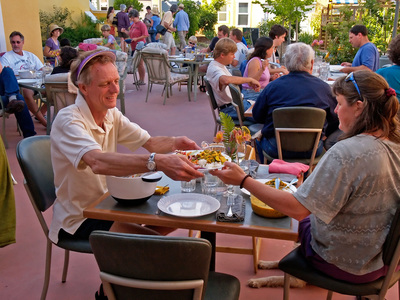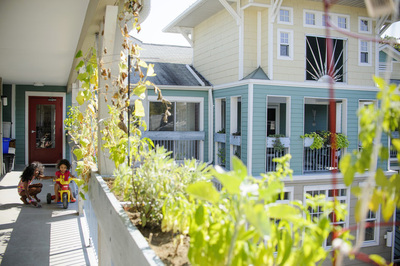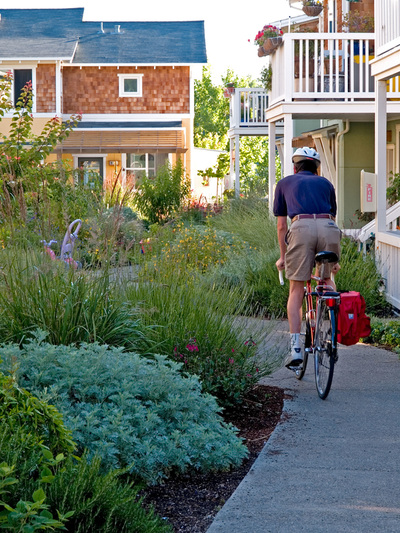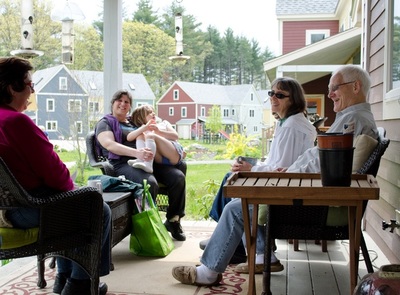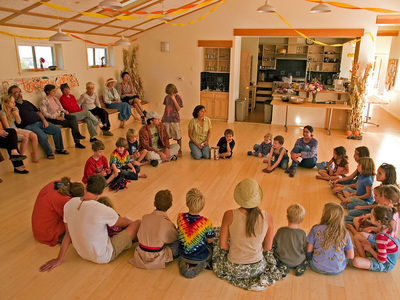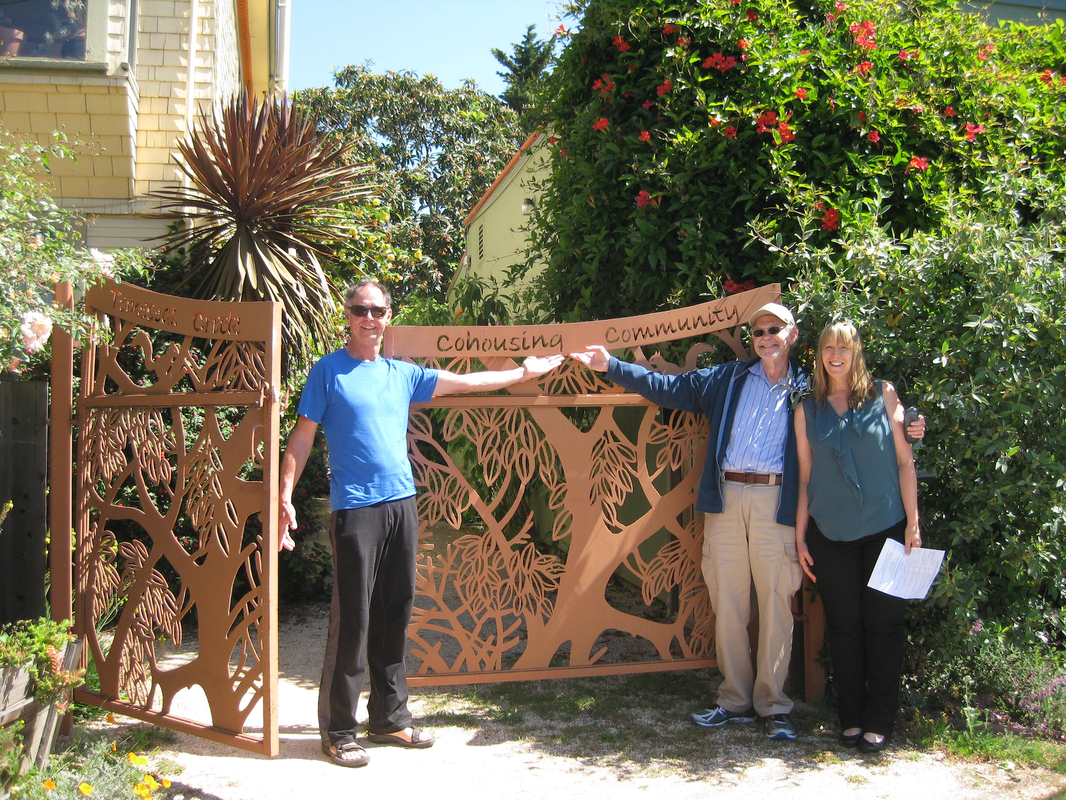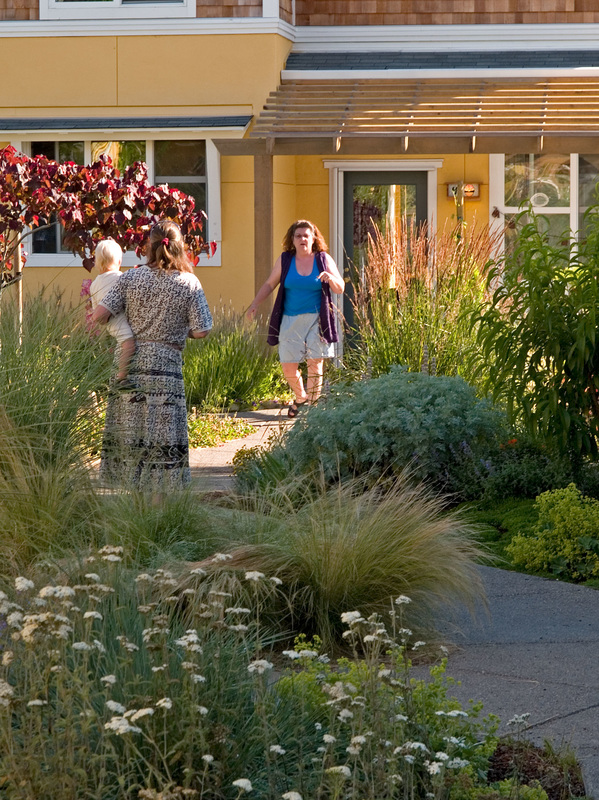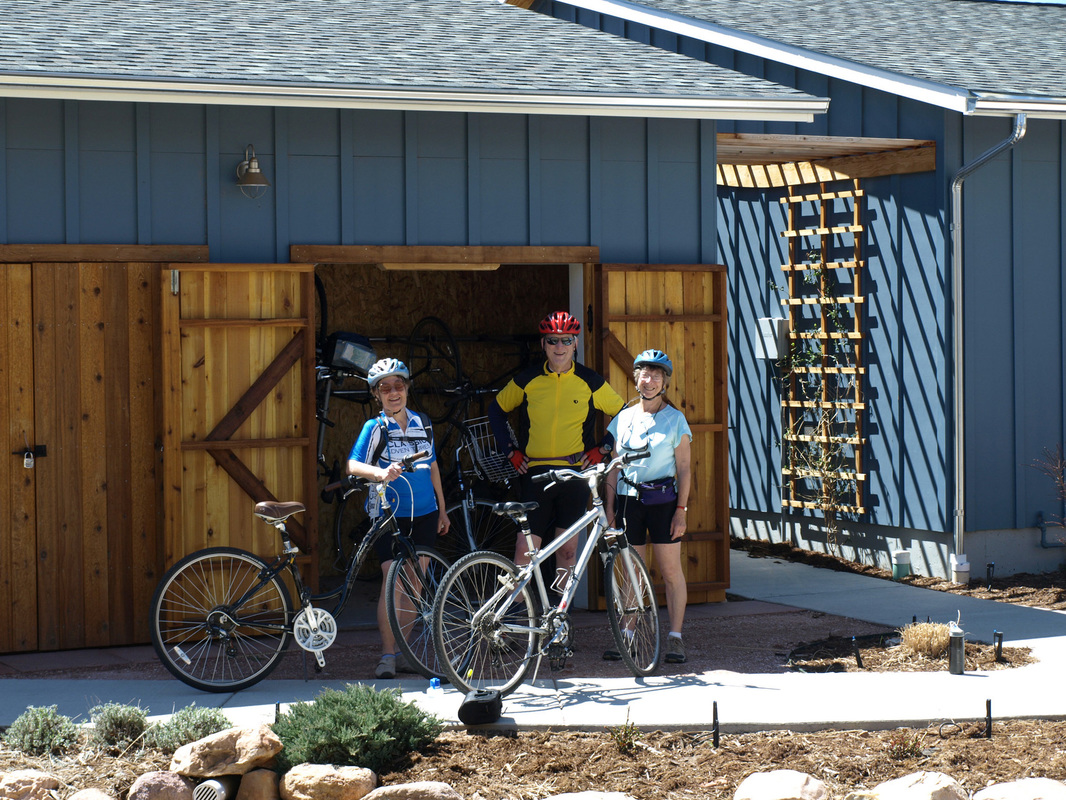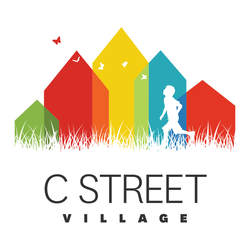|
Cohousing is an intentional community of private homes clustered around shared space. Each attached or single family home has traditional amenities, including a private kitchen. Shared spaces typically feature a common house, which may include a large kitchen and dining area, laundry, and recreational spaces. Shared outdoor space may include parking, walkways, open space, and gardens. Neighbors also share resources like tools and lawnmowers.
|
Households have independent incomes and private lives, but neighbors collaboratively plan and manage community activities and shared spaces. The legal structure is typically an HOA, Condo Association, or Housing Cooperative. Community activities feature regularly-scheduled shared meals, meetings, and workdays. Cohousing makes it easy to form clubs, organize child and elder care, and carpool. Neighbors gather for parties, games, movies, or other events.
|
It takes a village to raise a child... |
"Some important parts of cohousing are the architecture, the car-free zone, and the common house, but it’s the people that really make it a magical experience."
- Ava (age 12), Shadowlake Village Cohousing resident
Characteristics of Cohousing
Relationships
Balancing Privacy and Community
- Neighbors commit to being part of a community for everyone’s mutual benefit.
- Cohousing cultivates a culture of sharing and caring.
- Design features and neighborhood size (typically 20-40 homes) promote frequent interaction and close relationships.
Balancing Privacy and Community
- Cohousing neighborhoods are designed for privacy as well as community.
- Residents balance privacy and community by choosing their own level of engagement.
Participation
Shared Values
---Info via www.cohousing.org---
- Decision making is participatory and often based on consensus.
- Self-management empowers residents, builds community, and saves money.
Shared Values
- Cohousing communities support residents in actualizing shared values.
- Cohousing communities typically adopt green approaches to living
---Info via www.cohousing.org---
Cohousing Nationally
165+ Communities Strong in the U.S.
There are currently 165 established cohousing communities nationally, with nearly that many in the formation stages.
California is home to more built communities than any other state! View map below to get a sense of cohousing nationwide.
California is home to more built communities than any other state! View map below to get a sense of cohousing nationwide.
Savings in Cohousing
In a typical neighborhood, there aren't many savings to quantify. Those we do calculate are typically a factor of only our own home. Cohousing is different and wonderful in this respect. The savings to a cohousing resident come in many forms...
|
|
"Cohousing is intrinsically an affordable model: one of its main purposes, outside of a strong sense of community, is limiting resource consumption by sharing resources. The savings in energy, maintenance costs, and food outweigh the apparent up-front costs due to new construction."
- Charles Durrett, Co-author of Creating Cohousing: Building Sustainable Communities
We look forward to sharing our joys and our sorrows as life unfolds. Each of us has special talents that will enrich our community, and we know new members will brings unique experiences and skills with them too. You will not find the same level of support and joy in any other type of housing! For more info on the many benefits of cohousing, please visit the U.S. Cohousing Association's website.
C Street Village: a cohousing community in Novato, CAEmail us at marincohousing@gmail.com |
Site Designed by CoHousing Solutions
|
